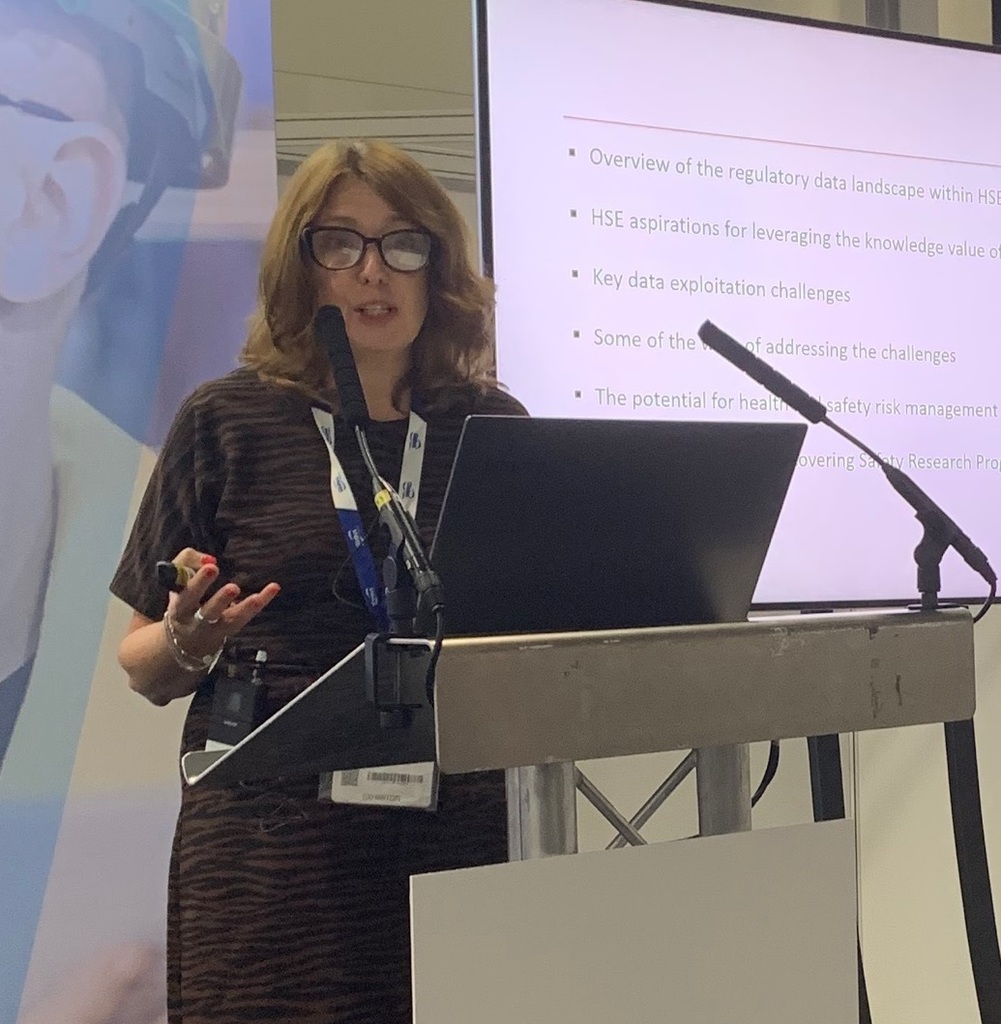
Kelly Rose
Editor

Kelly Rose
Editor
Helen Balmforth looks at the importance of using the power of data to drive down incident rates and celebrating the success of proactive organisations.
DISCOVERING SAFETY is a programme of work, led by the Health and Safety Executive (HSE) and funded by the Lloyd’s Register Foundation, that aims to improve workplace health and safety performance globally, by using data and novel analytical techniques to provide new insights.
We have been supporting organisations to be more proactive in exploiting the wealth of data that they routinely collect, using the intelligence they gain to support health and safety decision making. This has been proven to lower incident rates.
In the almost 50 years since the introduction of the Health and Safety at Work Act in the UK there have been substantial improvements in workplace health and safety, particularly in the frequency of work-related fatalities. However, many industries have seen performance improvement plateauing over recent years.
The more successful your organisation has been in improving health and safety performance, the harder it becomes to maintain this level of success, and finding ways of making further significant improvements can be difficult. Organisations therefore want to understand what more they can do to make sense of the routine health and safety data sets that they collect and how they can use this data to gain valuable insights that will drive further performance improvement.
Data and analytical tools such as collection software and dashboards are commonly used to report on health and safety performance. The type of information that is derived from these tools tends to be a descriptive commentary on the nature of the incidents that happened, where they happened, when and to whom. In other words, the basic facts about the incidents. They don’t address the root cause. So, it is important to go further and ask questions such as: “Why did the incident happen? When might it happen again? What do we do if it does?”
Knowing why you measure, how to measure, and what to measure is a good start to using the data you collect more effectively. Also, try to move the focus to upstream measures so that you can understand what analytics have predictive value. Then you’ll be working towards a more intelligent use of leading indicators to predict risk.
Recognising the effort that organisations are going to in order to use their data more effectively, we want to applaud those who have taken the time to work towards the goal of predicting risk using their routine data sets. We are proud to support the Safety and Health Excellence Awards with a new category ready for the SHE Awards in April 2023: ‘Best Use of Health and Safety Data to Lower Incident Rates.’
The awards celebrate innovation and achievements in health and safety and encompass the long-established British Safety Industry Federation (BSIF) Awards that promote the importance of innovation and underline the highest standards of excellence within occupational safety and health.
We’re encouraging organisations to submit nominations for our new category on the SHE Awards website. It’s a set of simple questions that could lead to your organisation getting the recognition it deserves. Have you achieved improvements in health and safety performance as a result of data-driven intelligence? If so, submit a brief outline of the project and how far you have come on the SHE website. The award ceremony will take place on 26 April 2023 at the NEC in Birmingham; we hope to see you there!
If you’d like to know more about Discovering Safety, email discoveringsafety@hse.gov.uk
Helen Balmforth is head of Discovering Safety at the Health and Safety Executive (HSE). For more information, visit www.hse.gov.uk


HSE Science and Research Centre
Harpur HIll
BUXTON
SK17 9JN
UNITED KINGDOM
01298 218000